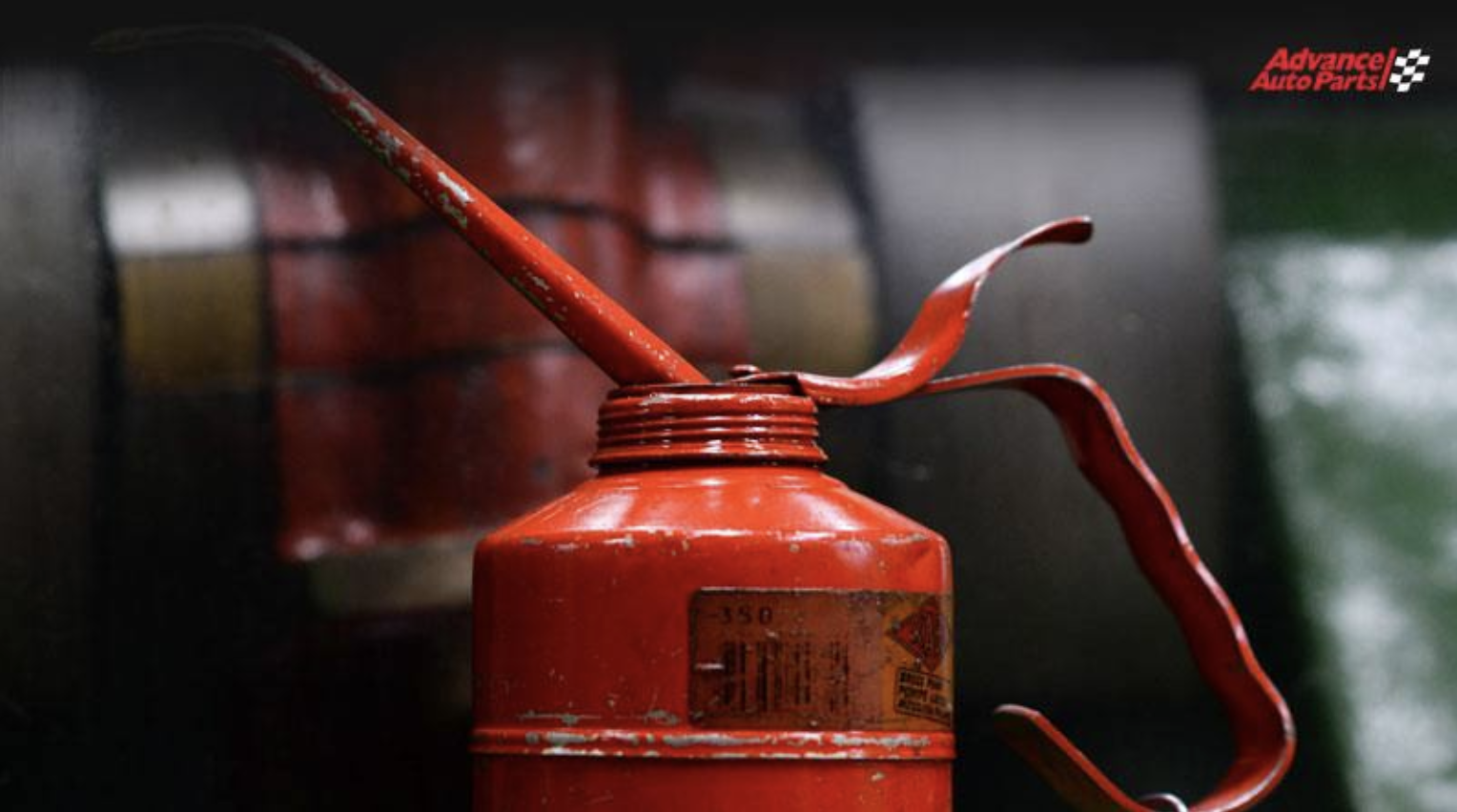The Correct Synthetic Oil Change Interval and Other Important Details
You've probably noticed that just about every manufacturer now recommends full-synthetic oil for new cars. With tighter tolerances and more sophisticated engine assemblies, new engines are actually engineered for the friction properties and additive packages of synthetic oil. In other words, synthetic oil is key to the design calculations of automotive engineers. Synthetic oil is now required for warranty coverage, in most cases.
So why is synthetic so important, and why is it so much better than conventional oil? Let's talk a little about the pluses and minuses of synthetic vs. conventional, and then we'll get into why synthetic oil can go for such a longer interval between changes.
The 3,000 Mile Rule
You probably heard it for years..."get your oil changed every 3,000 miles for long engine life!" Well, that was then.
The truth is, the 3,000 mile rule was for back in the days before detergent engine oil and the other modifiers and additives that helped prevent carbon buildup and sludge in an engine's internals. With later formulations of conventional oils, it was perfectly fine to go up to about 5,000 miles between changes. Some people maintain that the 3,000 mile rule was really just a marketing concept to sell oil.
Synthetic oil is a lot more resistant to breakdown than conventional oil, which starts to lose its lubricating properties over time. They also have improved additive packages to prevent sludge buildup, and many synthetic oils can provide better protection at a lower viscosity. Low-viscosity means less friction, and less friction is one more way for engineers to squeeze a little more efficiency out of an engine.
Synthetic vs. Conventional Oil
Conventional motor oil has been around since the days of the Model T. It's distilled and refined from crude oil, then modified with detergents and other additives. Even the purest conventional oil, though, has paraffin and other impurities that hinder its performance.
Synthetic oil, on the other hand, still has a crude oil base but is refined in a lab. The exact processes the oil undergoes varies - and isn't divulged - by various producers. However, across the board, synthetic oil is purer and more uniform at the molecular level, with better stability. This is especially important when you consider the wide range of temperatures that occur inside an engine.
Consider this: at startup, your engine's oil is sitting down in the oil pan, cold. It needs to be picked up by the oil pump to be pressurized and make it to the valve components at the engine's upper end, within the first second or two after startup. If you've ever had an older vehicle with a tired engine and oil pressure that's maybe a little low, you might notice some clatter or valve noise for the first couple of seconds after startup on a cold day. That's not a good thing.
Conventional oil tends to thicken and become more viscous in cold weather, which impedes that flow. During hot weather, on the other hand, conventional oil thins out, and all the viscosity modifiers added to oil formulations have never gotten around these two problems.
Synthetic oil, on the other hand, is designed to be stable in extreme cold and extreme heat — another reason why manufacturers now recommend it. Synthetic oil's consistency at high temperatures is especially important in turbo-equipped engines. Turbos run on exhaust gases, meaning extremely high temps, and are notoriously sensitive to different grades of motor oil.
And let's get a little science-y here; there's a term called "shear strength," which refers to the point at which molecules can physically be ripped apart under extreme pressure. The simpler molecular structure of synthetic, versus the long-chain molecules of conventional oil, have much greater shear strength, helping the oil's stability.
But Synthetic Oil Is So Expensive
Remember what a 50" TV cost in 2007? A few thousand dollars vs. $350 today, right? Same thing with laptops, smartphones and about every other emerging technology. Eventually, it hits market phase and the economies of scale kick in and then the prices start coming down.
We're seeing that same phenomenon with synthetic oil vs. conventional. At one time, there was a pretty steep price spread between the two, but that's quickly changed in the last couple of years. Besides, that higher price is offset by a longer oil change interval, so you're not having to spend your hard-earned scratch on oil changes nearly as often.
So How Long Can I Go Between Oil Changes?
Depending on the brand, the additive package and the manufacturing process, manufacturer's recommendations might go anywhere from 7,000 to 15,000 miles for oil changes. Performance upgrade street oils have the best life span with oils like Mobil 1 and the API-licensed Royal Purple synthetic engine oil being rated from 12,000 to 15,000 miles. While recommended oil change intervals can also vary based on other factors, these figures are pretty good ballpark numbers. Of course you can also keep an eye on your vehicle's oil life monitoring system, which gauges oil condition by recording RPMs, heat, engine ours and other factors. Just play it safe and go with whatever your car's owner's manual says for oil change intervals.
Clearing Up Some Synthetic Oil Myths
For years, there was quite a bit of misinformation going around about synthetic oil. So, let's set things straight:
- "You can't mix synthetic and conventional oil without causing problems" That one's just untrue. You can add in a quart of synthetic with your conventional oil or can top off synthetic oil with a quart of conventional if you need to. You can also switch from conventional to synthetic or back again and it won't present any sort of trouble.
- "Switching to synthetic on a high-mileage vehicle will cause gasket leaks" Hard to say where that one got started, really. Chances are it was anecdotal, and people should remember that correlation isn't necessarily causation. Synthetic oil has seal swellers and gasket conditioners that will rejuvenate old, dried-up, shrunken gaskets and seals so that oil can't seep past them.
- "Synthetic oil is too thin and will cause blowby in an older engine" Where do people come up with this stuff? Synthetic is way more stable at high temperatures and has friction modifiers that cut wear and enhance heat dissipation. Go with your usual viscosity and don't worry about it. If your rings and valve seals are already so worn out that your engine is burning oil, it won't matter a lot whether you go with conventional or synthetic.
- "Synthetic oil will cause sludge buildup" Again, just not true. Synthetic oil runs cleaner than conventional and will actually prevent sludge and carbon accumulation on internal assemblies.
So What's The Correct Oil Change Interval?
Okay, here's the final word on this. Go with your vehicle's manufacturer's recommendations. That's your best bet.
Some will recommend around a 7,000 mile interval, others as much as 10,000 or 13,000 miles. A study at GM (who usually recommends around an 8,000 mile interval) found that a vehicle could go as long as 17,000 miles between oil changes without significantly degrading the oil.
Just keep in mind that if you subject your vehicle to really extreme use like towing, or if your engine is turbo-equipped, oil change intervals are even more important and you might consider foreshortening the manufacturer's recommendation a bit. Also, while it is okay to extend oil change intervals when using synthetic oil, keep in mind you should also upgrade to a premium oil filter designed for synthetic oil. These filters have larger capacities to contain impurities and will last longer service intervals.









